Tile "hog" in the bathroom: features, pros and cons, recommendations for choosing
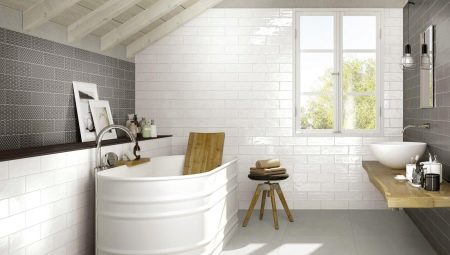
Ceramic tiles are most often used to decorate the bathroom. This material is resistant to high humidity and temperature extremes, is relatively easy to clean, while looking pretty impressive. The palette of colors and sizes, as well as shapes is very large, which allows you to find an option to your taste for each person.
The tile with the funny name "hog" is an excellent solution for bathroom decoration. What kind of tile is it, how it looks and why you should choose it - the article will tell you.

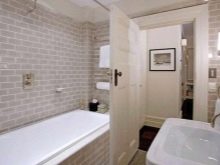

History of the name
A "hog" is a volumetric rectangular ceramic tile. It has a chamfer and looks very much like a brick. This type of tile is more than 100 years old, its purpose was facade work.
The tile acquired an interesting and memorable name due to the production technology: when the raw materials for the "bricks" were poured into the molds, two symmetrical holes appeared on each, resembling a patch. When the ceramics were fired, the ingot was split in two, after which two tiles with a convex surface were obtained.
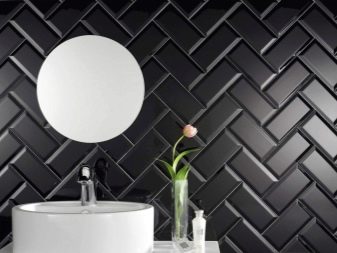
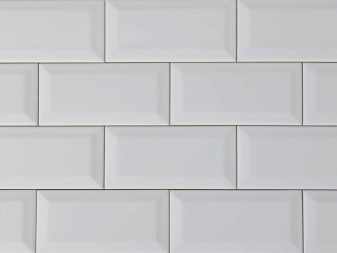
Boar tiles come in various shapes and designs, but each segment is different: each edge is beveled at an angle of 45 degrees, solid and convex.
However, there are also bezelless models, that is, they do not have a beveled edge.
Advantages and disadvantages
The advantages of this type of finishing material include:
- excellent properties of hardness and strength;
- long service life;
- not subject to destruction due to changes in temperature, humidity and chemicals;
- easy to clean, due to the dense texture of the modules, dirt does not eat into them, remaining on the surface;
- The hog does not require a perfectly flat surface, it fits perfectly on any.
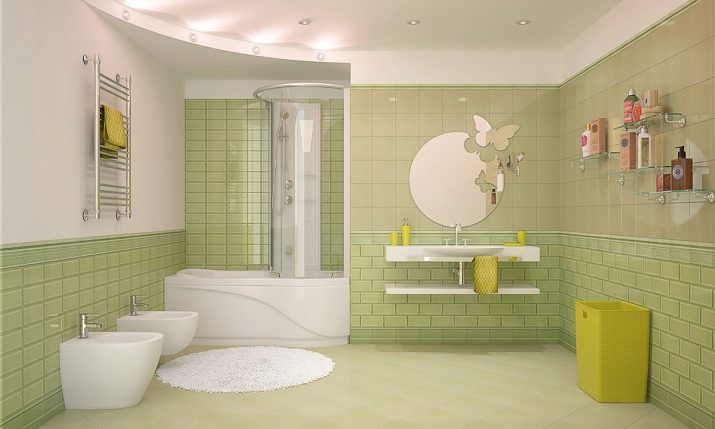
Among the disadvantages: the tile is very limited in size, the width is no more than 10 cm, the length is twice as large.
Color spectrum
There are a lot of shades in which the product is produced, but there are the most demanded ones.
White is the most common because of its versatility. It can be put in both large and small bathrooms. It is good both solo and as a companion for any bright color - red, yellow, turquoise or ultramarine. It does not have to be combined with bright tiles - it can be walls painted in rich colors.
Of course, the classic is combination of black and white. This combination is also used quite often due to the spectacular contrast created by dark and light tiles laid out in various combinations - checkerboard, blocks, patterns, scattered.
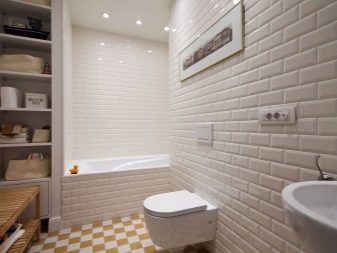
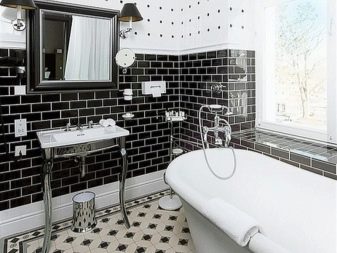
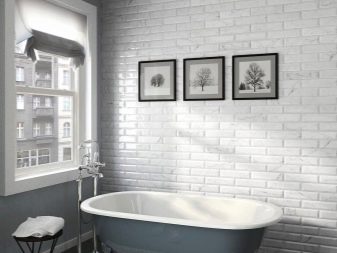
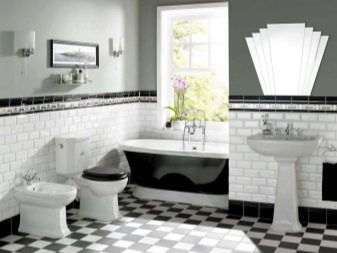
Black tiles in the bathroom are a non-trivial and very effective solution. It must be remembered that black modules visually reduce the space, and the boar, due to its convex texture, actually reduces it. That's why in small bathrooms, it is undesirable to decorate the interior in the total black style, it can have the opposite effect of what you want.
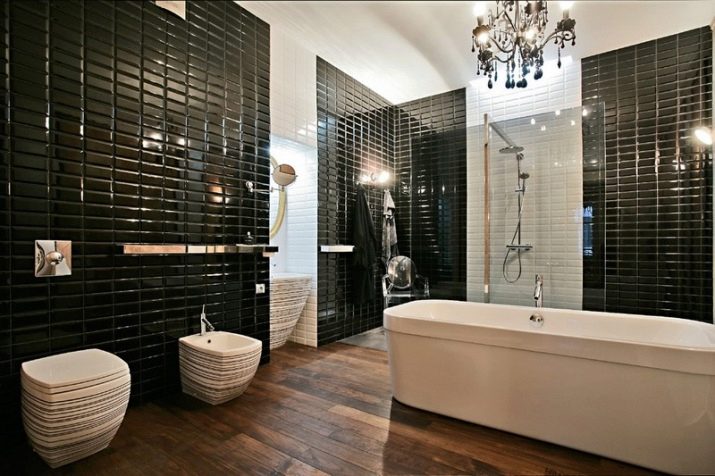
One wall, lined with black gloss, looks amazingly impressive, changing the proportions of the room at the request of the owner.
Gray or beige - the colors are too neutral to perform solo. They can be the basis, and the plumbing, for example, is made in black. Or taps, mirror frames can be bright red or gold. A neutral base must be supported with bright accents, then the bathroom will become a place where you do not want to go out.
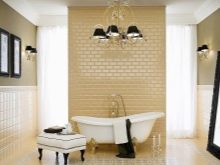
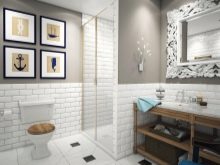
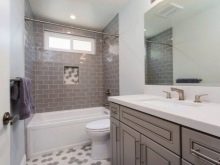
The traditional color for this kind of room is blue, but pale tiles of this shade are already out of fashion.
It is better to dwell on muted, but at the same time saturated tones of blue, then it will look stylish.
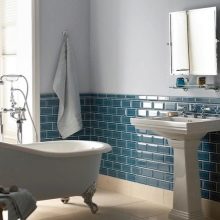
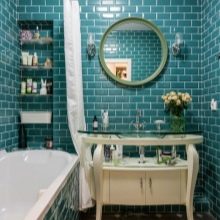
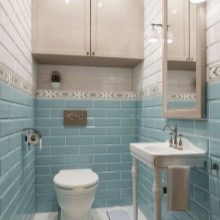
The bathroom, tiled with red tiles, is a real challenge to the classic canons... But it should be remembered that red is a merciless color, it is difficult psychologically and physically to be in an interior that is completely decorated in it. That's why to create an art deco interior, only part of the room can be reddened.
Red tiles go well with white, light beige, milky. In the interior, red can be an accent, a bright spot, but not soloing is too difficult for the psyche.
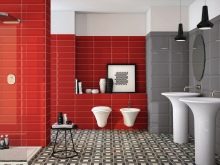
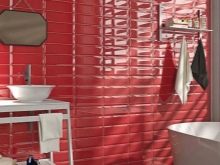

Shades of yellow look great in the "hog" design, but it is better if the tones are saturated, but not excessively, but as if slightly dusty. You can support yellow with white, brown or grassy green.
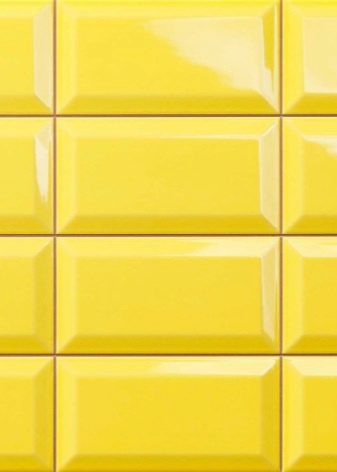
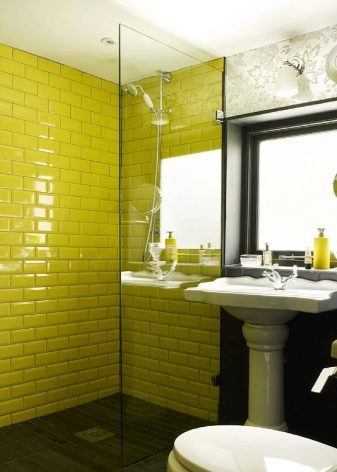
Green tones are another great option for hog and bathroom... Bright tones are suitable for "spot" display, and pistachio, mint or reed can solo, taking up most of the space. Green is a great companion for white, yellow, black, orange colors.
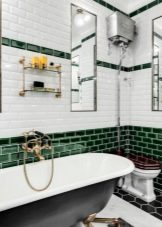
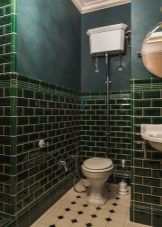
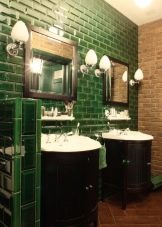
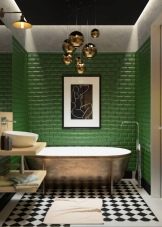
Size range
This type of finishing material is produced in very different sizes. The smallest is 7.5 cm by 10 cm, and the largest is 28.5 cm by 8.5 cm. The thickness of the "hog" modules differs from the standard ceramic tiles (0.8 cm) and reaches two centimeters due to their inherent bulge.
The smaller the room, the smaller the module should beand spacious rooms can be faced with segments of any size using various decorative details.
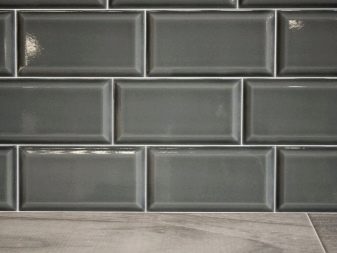
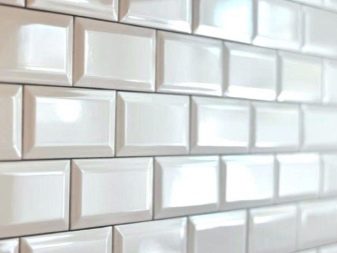
Texture and types of design
Despite the rather strict restrictions on the form, colors (only monochrome), the "hog" is still presented on the market of finishing materials by a fairly wide range of designs and textures. In most cases, the modules have beveled edges (chamfer), which gives volume. The chamfer can be pointed or rounded. What to choose is entirely up to the consumer.
Monochrome is also not a sentence - manufacturers are constantly experimenting with the "color" of the tiles.
The result of these experiments was the emergence of such colors as marble, "wood" and imitation brick.
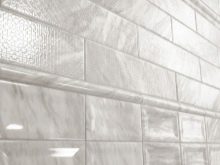


The pig is produced not only from ceramics, but also from glass. This is a very beautiful, voluminous design, which not only does not hide, but also visually expands the room. You don't need to lay out the bathroom with it from floor to ceiling, but as an accent on one of the walls, it looks amazingly impressive.

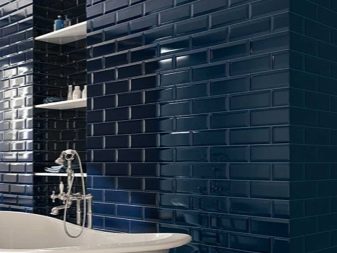
Modules can have both matte and glossy texture. Gloss is more common as its eye catching shine immediately attracts attention. The bathroom, tiled with glossy tiles, looks more spacious thanks to the play of light on shiny surfaces. Matte texture perfect for styles hi-tech, loft, but it should be remembered that a bathroom that is too small can be turned into a "box" by such cladding.
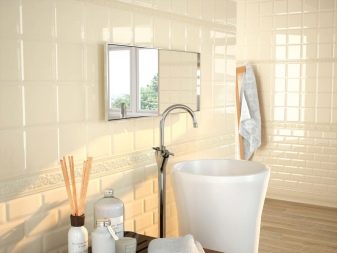
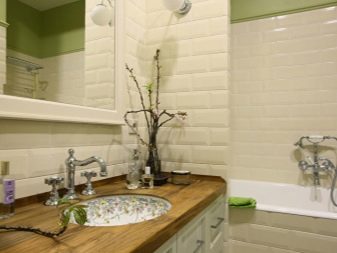
Layout types
There are 7 main ways of laying ceramic tiles, including the "hog". They can be used both separately and in combination with each other.
- Traditional brickwork - the rows of segments are laid out horizontally, each subsequent one is shifted by half of the segment relative to the previous one. This is the easiest and most popular method, but this does not mean at all that it is ineffective.
- Horizontal stack... There is no displacement here, the "seam-in-seam" layout technology. This may seem very simple from the outside, but in fact, only an experienced cladder can perform the perfect joining of the tiles. Each seam should be straight and neat.
- Vertical offset... This is, in fact, traditional brickwork, only in vertical rows. The main thing in this method is not to "knock down" the vertical, the lines should be clearly perpendicular to the floor line. Small bathrooms with this type of layout do not look very impressive, but spacious ones are more than.
- Vertical stack. The same as the horizontal one, but the need to observe the vertical is also added to the complexity of joining the seams. The method is very complicated, only specialists can do it.
- Chess - the well-known way of laying out, looks impressive both on the walls and on the floor. In the case of the "hog", the placement is as follows: they take two tiles, one is laid horizontally, one - vertically. The work is difficult, but the result is worth it.
- Diagonal. This is the hardest way. The straight diagonal should be truly straight, not wavy. Such painstaking laying out of tiles and their joining requires not only skill, but also patience. It looks most impressive in a light version.
- Herringbone - classic "parquet" layout. The tiles will have to be cut at a 45 degree angle, but the result can be very beautiful.
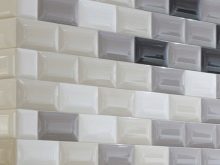
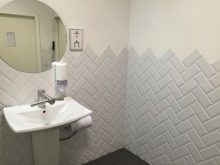
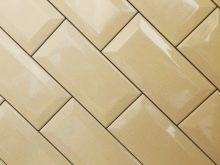
Beautiful examples
Check out how beautiful a simple "hog" tile can look:
- the combination of white and black is very impressive;
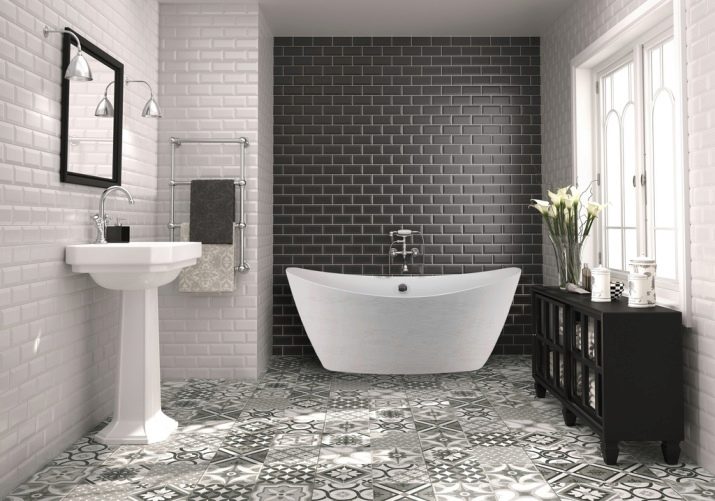
- dark accents perfectly set off the white background;
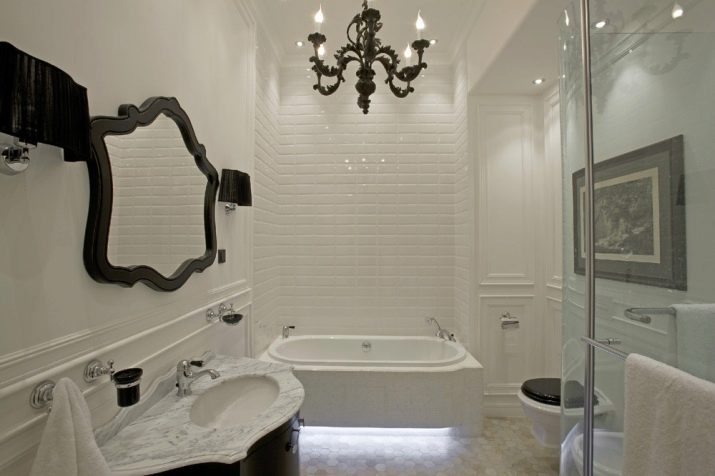
- blue and white bathroom - very fresh and sophisticated;

- yellow in the interior adds sun and light.
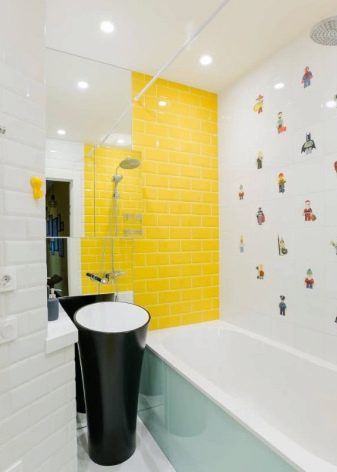
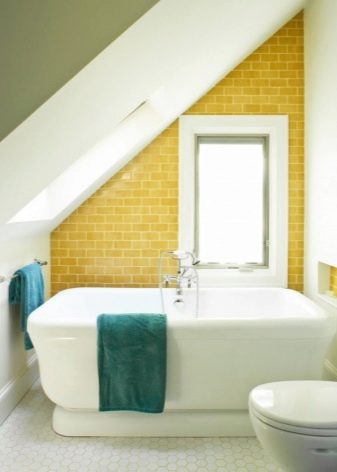
See below for more details.








